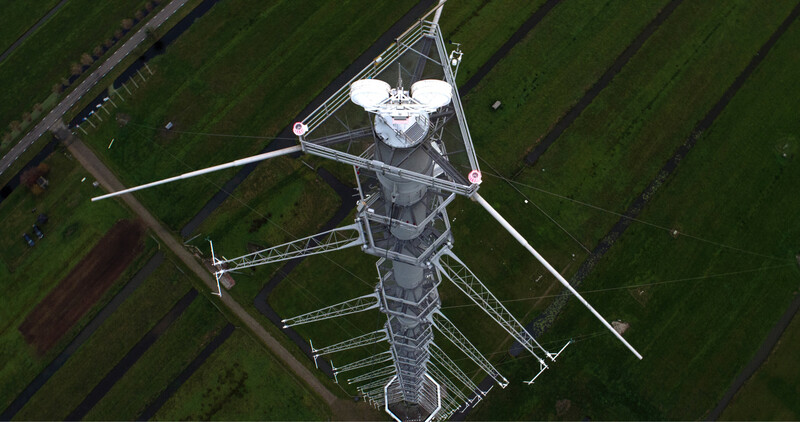
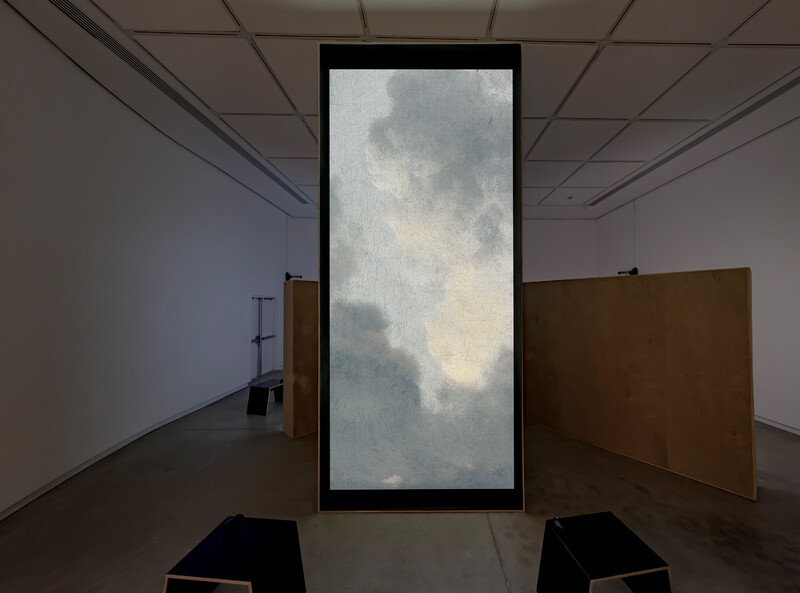
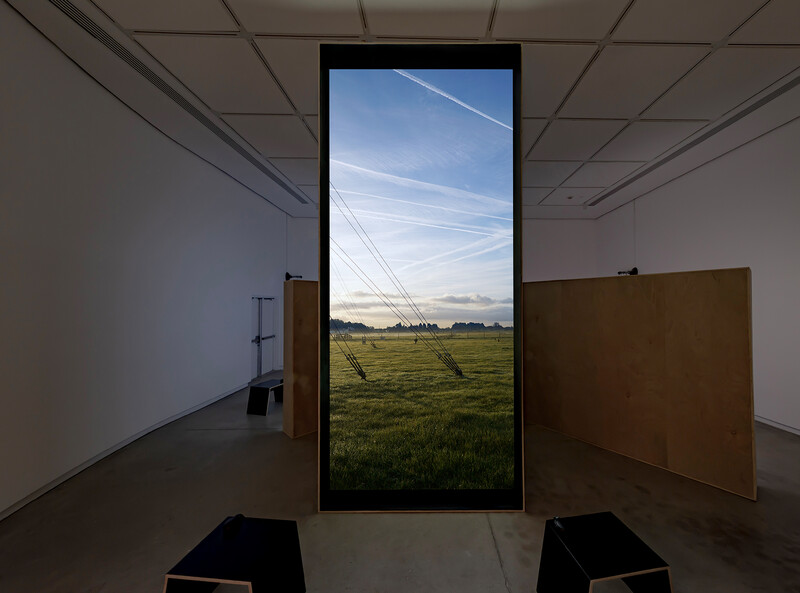
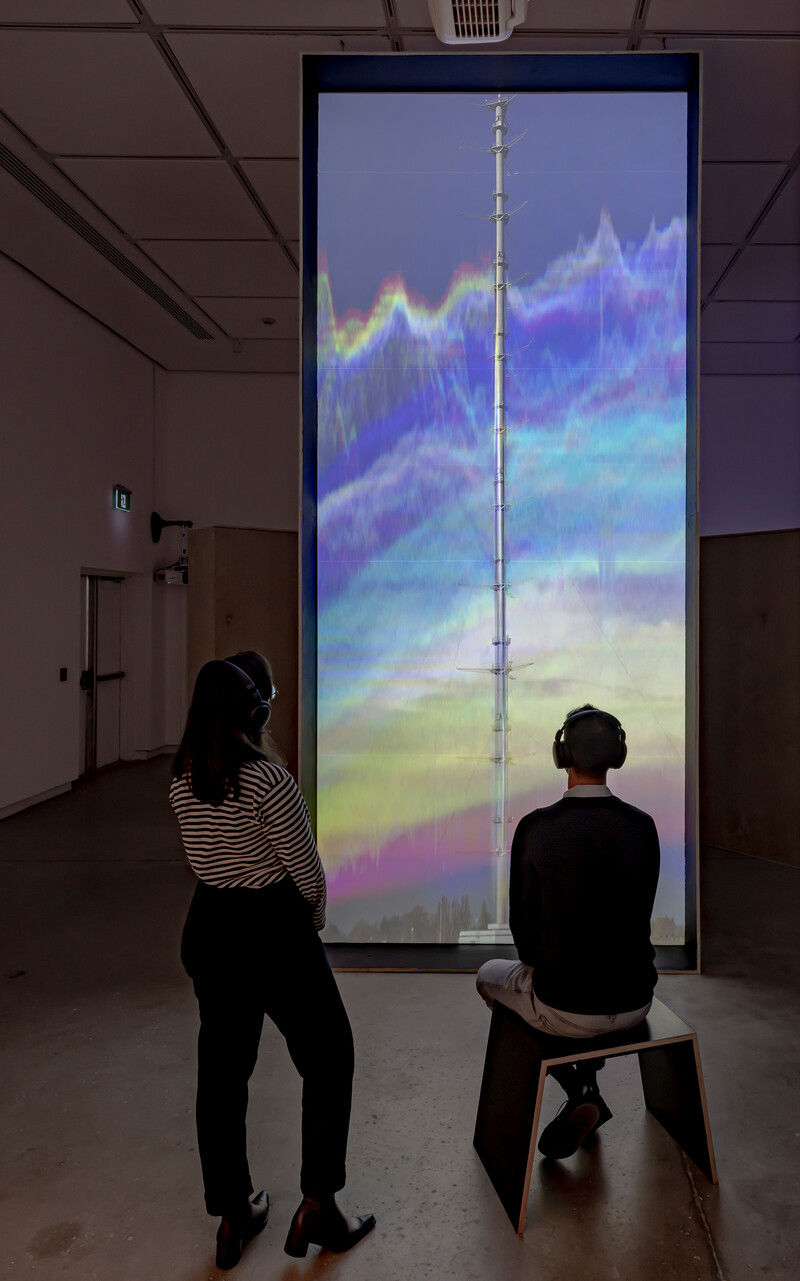
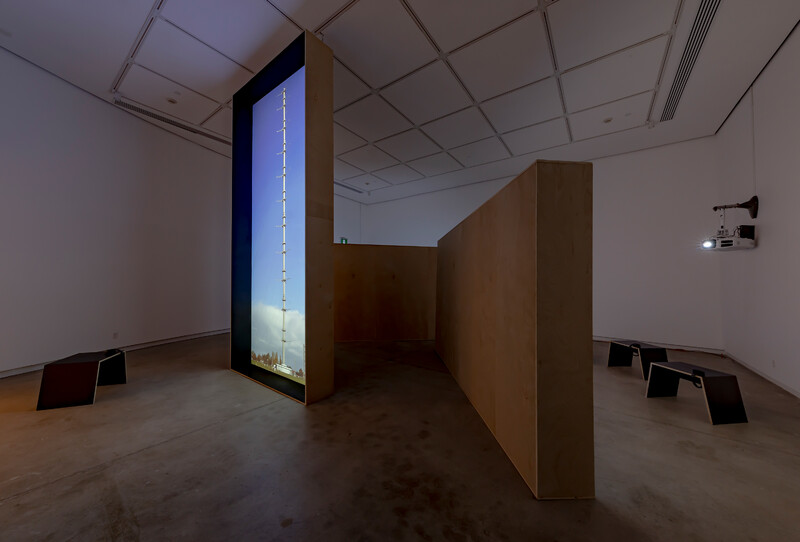
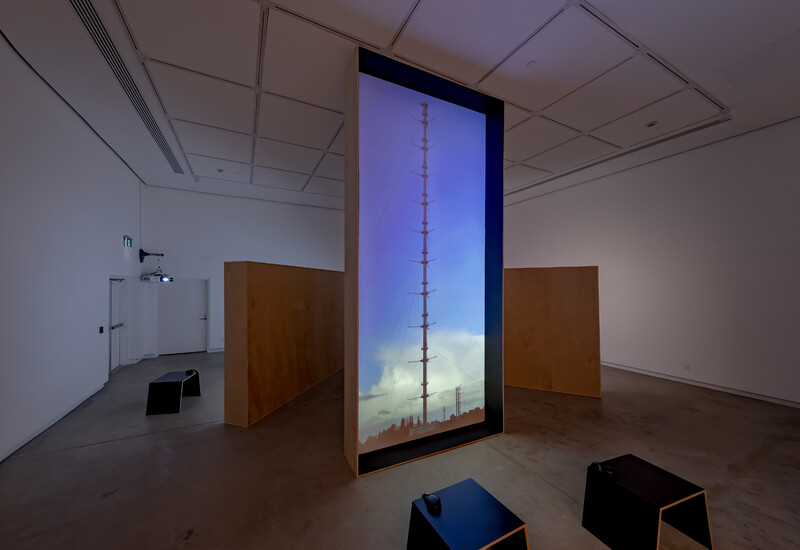
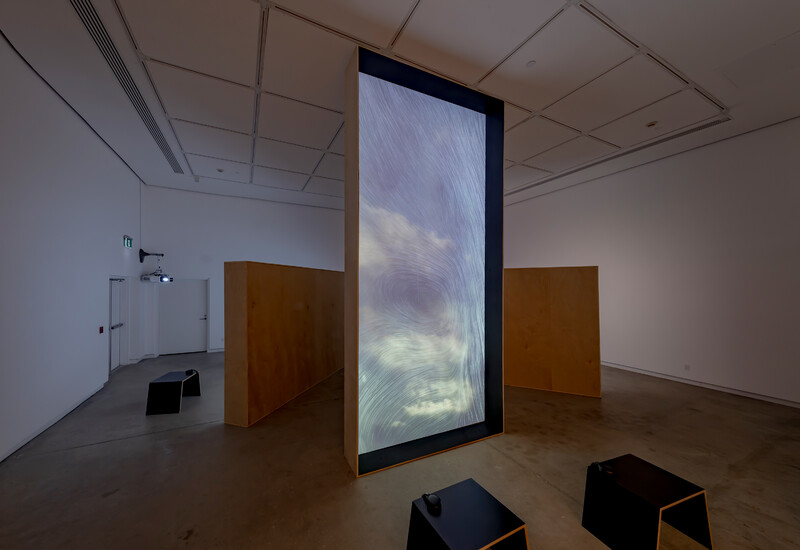
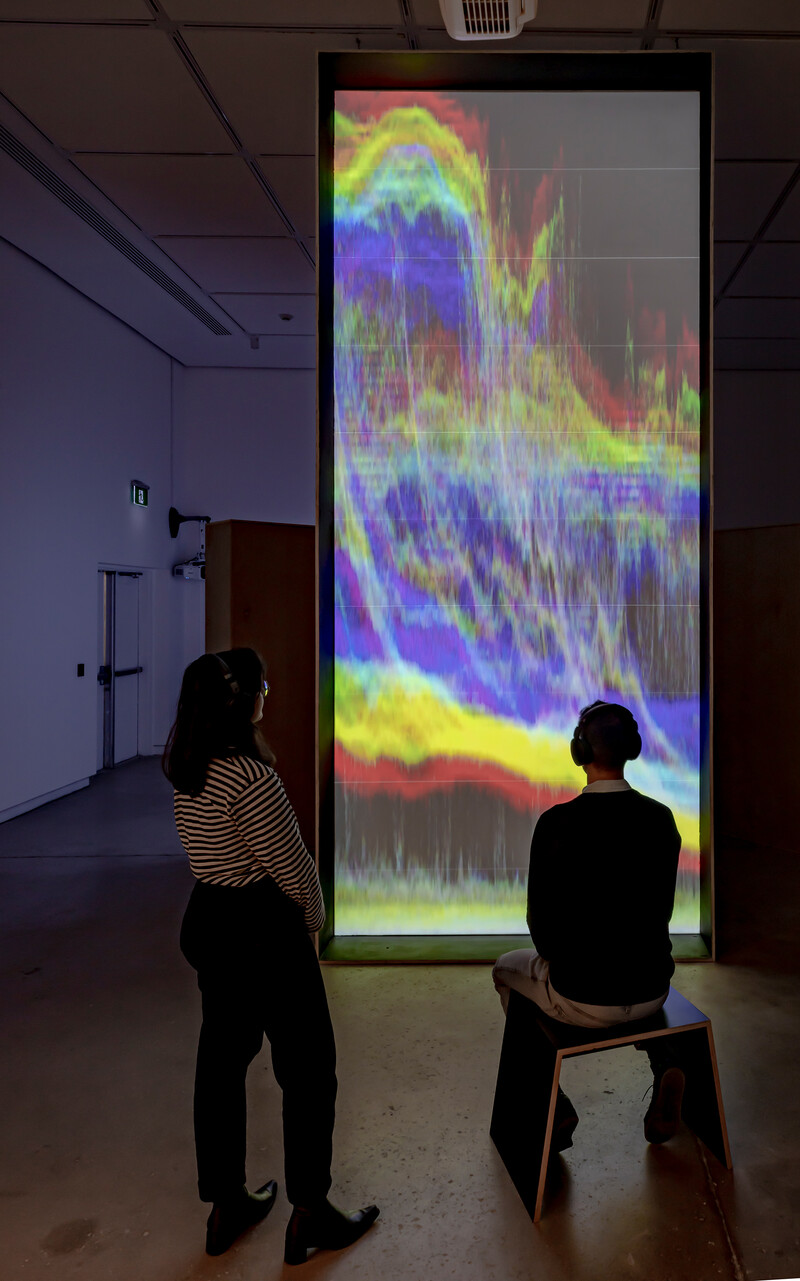
Atmospheric Feedback Loops
In a rural landscape approximately an hour due south of Amsterdam, an open-air laboratory is tuning into the atmospheric frequencies of nature: separating the signal of climate change from the noise of cyclical variability. Since 1970, the Cabauw Experimental Site for Atmospheric Research has been measuring and monitoring the changes taking place in the feedback loops between land surface processes and the airborne dynamics of our planet. It studies the ways in which the complex behaviour of clouds, aerosols, radiation, precipitation, and turbulence interact with terrestrial events.
Climate change and weather systems have become spatial objects that can be measured and modelled, and even controlled and “forced”. During the 1950s the Soviet Union actually experimented with accelerating glacial melt (climate forcing) by deliberating blackening snow surfaces with coal dust to boost their capacity to absorb solar radiation and thus aid in irrigation and supplement water supplies to areas affected by drought. The meteorological variables that characterize climate systems such as temperature, humidity, wind, and precipitation are similarly shared by weather. While “climate” refers to the ways in which these variables interact over extended periods, “weather” charts changing atmospheric phenomena over days and even hours, thus the predictive move towards “nowcasting”. From the long-term tracking of atmospheric conditions to the day-to-day monitoring of weather systems that can be used to forecast incoming storms, the governance of these temporally complex spatial objects has increasingly been organised around the control of atmospheric uncertainty.
Atmospheric Feedback Loops investigates how certain mathematical models of weather prediction and the computation of long-term climate change became effective through the transformation of the observatory into a large networked system of ground stations, mainframe computers, satellites, instruments and sensors. In short, they generate feedback loops between atmospheric phenomena, terrestrial processes, and technical infrastructures. Its primary objective is not only to open up the techno-scientific black-box of climate science and weather prediction to humanities scholars and artists, but also to envision what a cultural approach to uncertainty expressed by and through the calculation of climate change might be.

The Blackwood
University of Toronto Mississauga
3359 Mississauga Road
Mississauga, ON L5L 1C6
[email protected]
(905) 828-3789
The galleries are open. Hours of operation: Monday–Saturday, 12–5pm.
Holiday hours: regular gallery hours are in effect until and including Saturday, December 6. The galleries will then be closed for the holidays, except for regular hours on Saturday, December 13. In 2026, the galleries reopen Monday, January 5.
Facebook | Twitter | Instagram
Sign up to receive our newsletter.
The Blackwood is situated on the Territory of the Mississaugas of the Credit, Seneca, and Huron-Wendat.